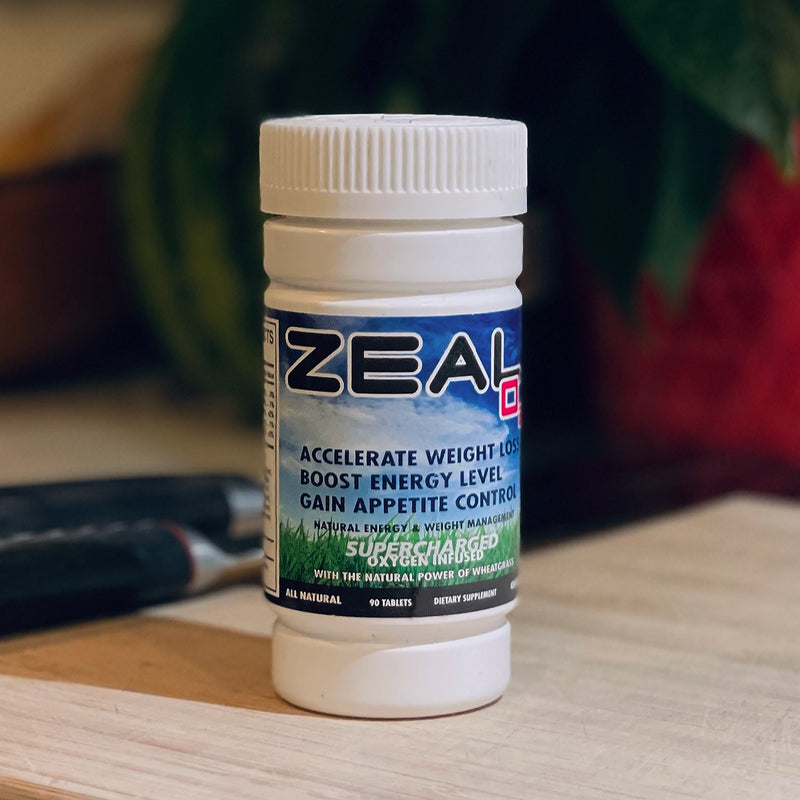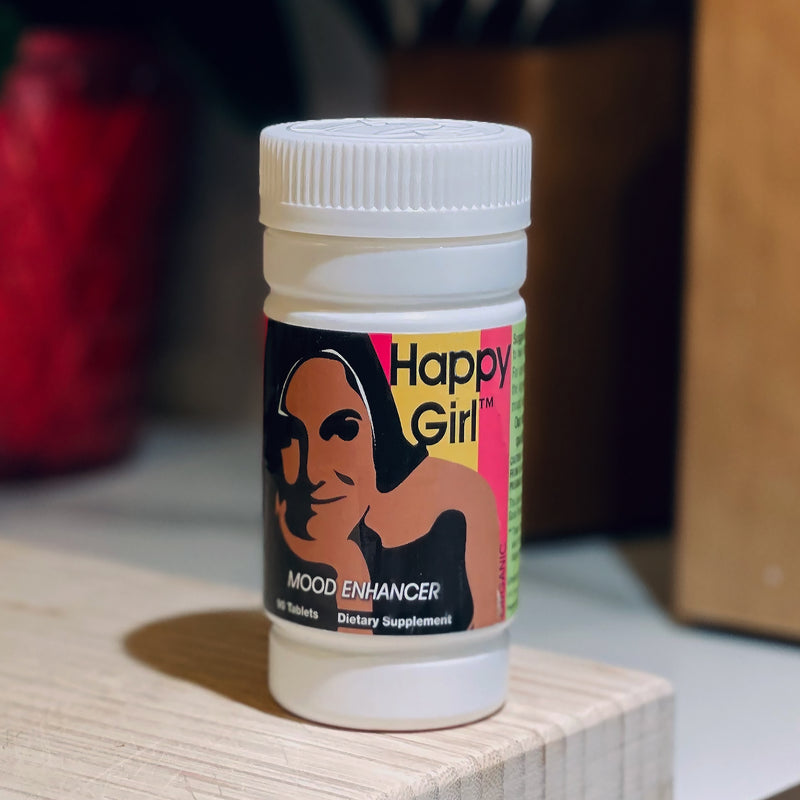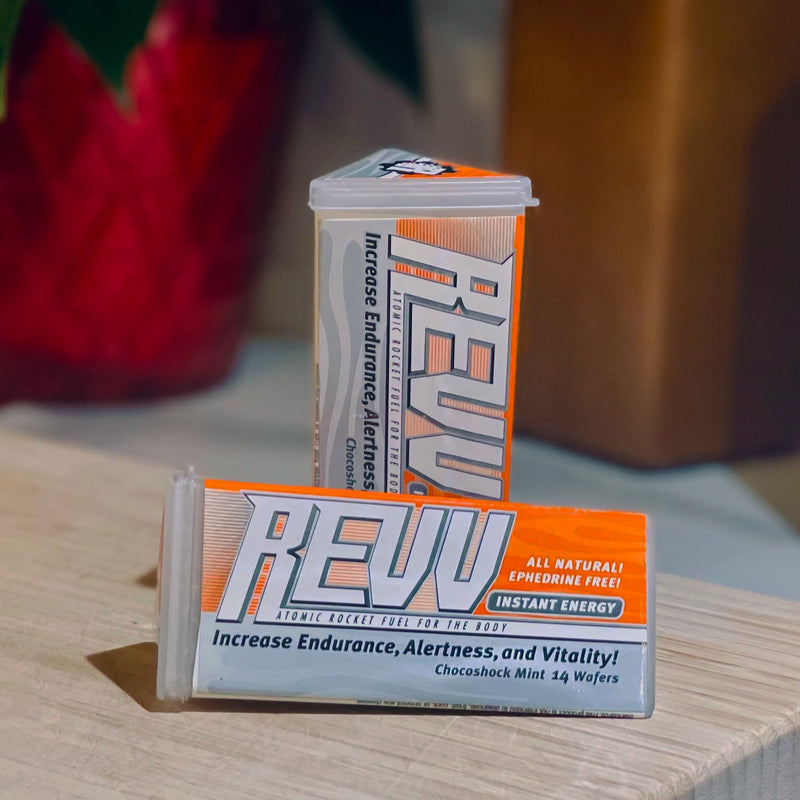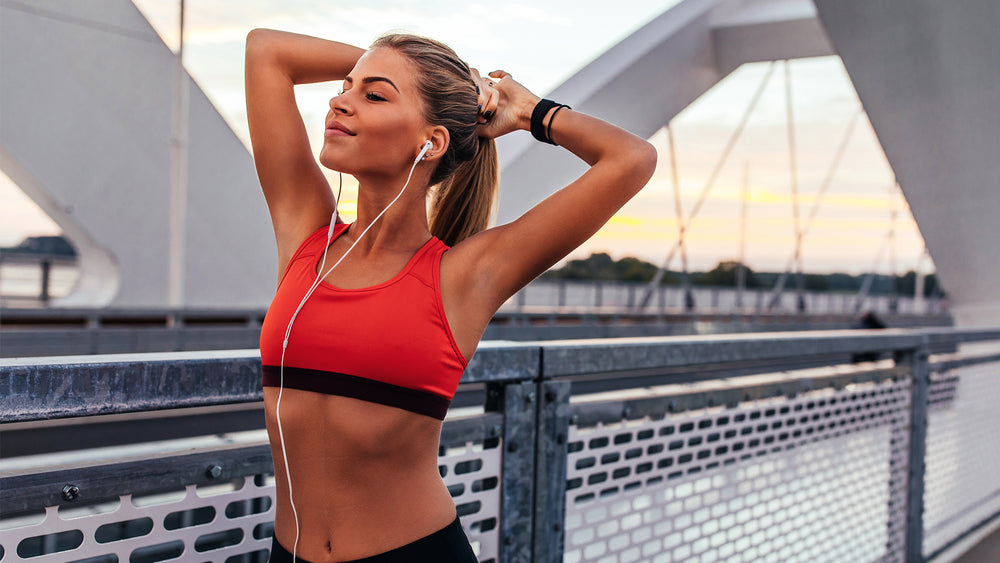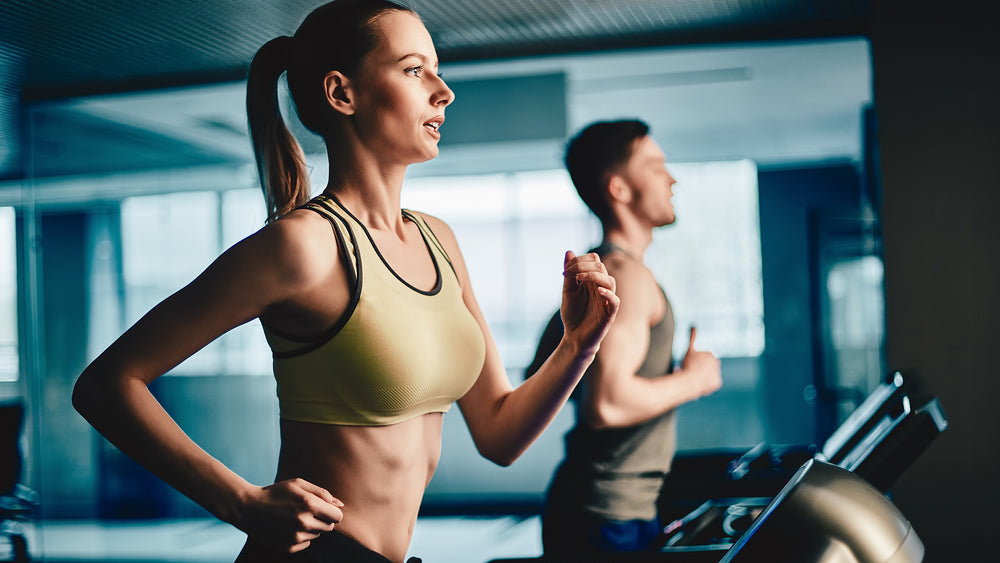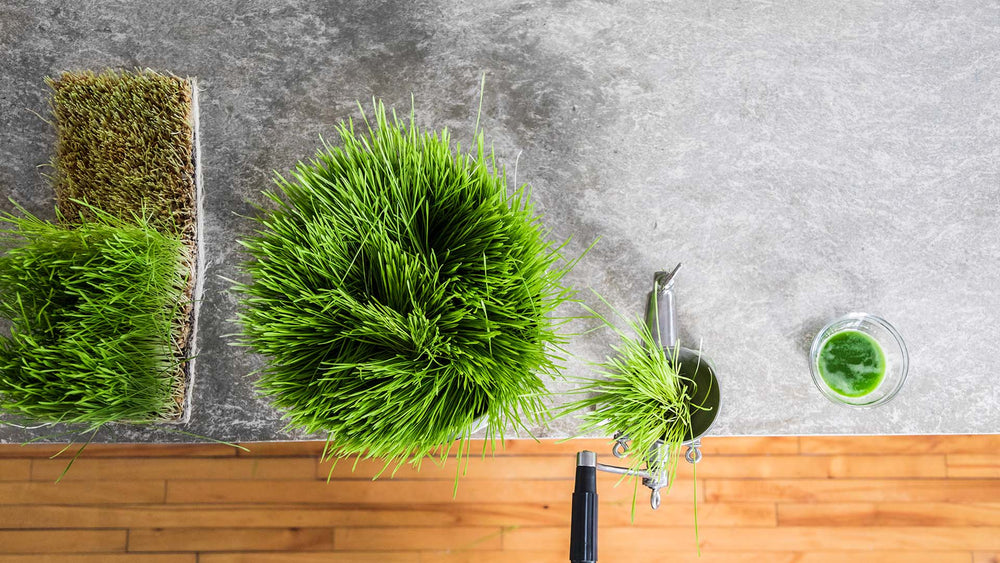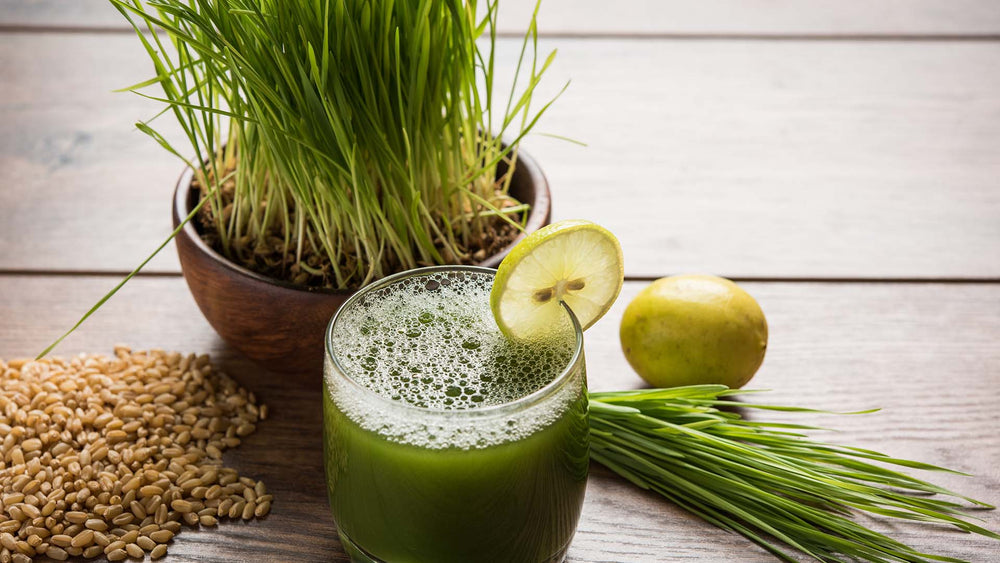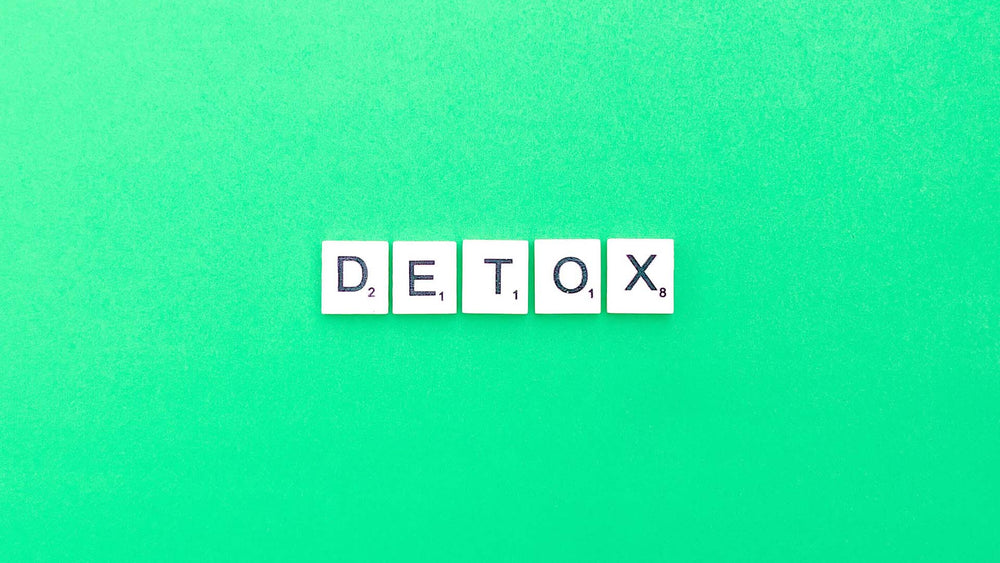High blood pressure (hypertension) is called the silent killer. It has no painful or apparent symptoms until it becomes high enough to lead to a stroke or heart attack. It’s important to monitor your blood pressure at home or have you doctor do it to avoid serious illness or a premature death due to heart disease.
In the U.S. today, one out of three people have high blood pressure. Some people don’t know they have it due to lack of apparent symptoms, while others are on medications that lower blood pressure but cause other problems.
The Drawbacks to Blood Pressure Medications
Most doctors prescribe two different medications to treat high blood pressure. These medications have unpleasant side effects. The side effects to common medicines include headaches, nausea, muscle aches, sexual dysfunction, nervousness, lack of energy, dizziness, skin rash, weight loss, weight gain, constipation or diarrhea. You may not be able to eat certain foods or take some supplements depending on the blood pressure medication you’re taking.
Some blood pressure medications can cause anxiety, which in turn causes spikes in blood pressure. If you are prone to anxiety attacks or are a nervous person, ask for another prescription medication.
If you have normal blood pressure or prehypertension, changing your diet and lifestyle can guard against high blood pressure and help you avoid the problems caused by prescription blood pressure medication. High blood pressure is defined as any measurement over 120/80.
Elevated blood pressure is 120 to 129 systolic (upper number) and less than 80 diastolic (lower number). High Blood Pressure Stage 1 is 130-139 systolic or 80-89 diastolic; Stage 2 is anything over 140/90 but less than 180 systolic and/or 120 diastolic which is a hypertensive crisis that requires immediate medical care. .
Stress and High Blood Pressure
Anxiety causes temporary spikes in blood pressure. After the anxiety dissipates, blood pressure goes down. However, when triggering incidents happen daily, year after year, they may damage your kidneys, heart, or blood vessels, although you will not have consistently high blood pressure.
Stress can cause you to eat unhealthy foods, smoke, drink alcohol, or make poor decisions that will cause even more stress. If you’re always feeling stressed, find some quiet time where you can think about what stresses you out and why. Come up with ways to eliminate or reduce the stress. If you can’t think of solutions on your own, talk with a trusted friend or family member or see a counselor.
Learn how to relax by doing deep breathing exercise or yoga. Mediate, or spend more time on hobbies you enjoy.
Meditation to Relieve Stress and High Blood Pressure
Meditation can help your relax, focus and lower blood pressure. Meditating 20 minutes twice a day can calm the body and mind. Meditating can stimulate the production of the enzyme telomarse, which may reduce blood pressure and extend your lifespan.
Telomarse lengthens the chromosomes that protect your genetic information. Telomeres, the DNA strands at the end of the chromosomes, protect the ends from wearing out and becoming shorter. If your telemores are short, you run a higher risk of cancer and other diseases, or an earlier death.
Meditation is essential for diffusing everyday stresses that make your blood pressure spike. Sit in a quiet place and clear your mind (as much as you can) and concentrate on deep breathing and/or a mantra (“om”, for example). If you can’t spend a full 20 minutes meditating, try for five or ten minutes. Even a few minutes of meditation will help lower blood pressure.
Other studies on meditation showed that it can delay or prevent cognitive decline, and decrease emotional and physical pain.
Eat Healthy to Maintain Normal Blood Pressure
To keep blood pressure in the normal range (no higher than 120/80 for adults) stock your kitchen with healthy foods, including the following options.
Garlic and Cayenne Pepper
People who take garlic tablets, with or without blood pressure medication, can cut their blood pressure by as much as ten per cent, according to scientific studies. After taking garlic tablets for 12 weeks, you can cut down your chances of a heart attack or stroke.
Eating raw garlic, spaghetti dinner with lots of garlic will keep vampires away and lower blood pressure. For double the health properties, cayenne pepper with garlic capsules or eating foods heavily accentuated by these spices.
Cayenne pepper helps open blood vessels and increase blood flow. In the morning, drink a glass of warm water and honey with a half-teaspoon of cayenne pepper. It will help keep your blood pressure down for the rest of the day and improve your digestion, too. You can also use cayenne pepper to spice up meat,fish, poultry, soups and salads while lowering blood pressure.
Flaxseed
Research presented at an American Heart Association Study showed that Omega 3-rich flaxseeds help lower blood pressure. Participants with peripheral artery disease and high blood pressure ate 30 grams of flaxseed every day for six months. Results showed a significant decrease in their blood pressure.
Add flaxseeds to oatmeal, cereal or yogurt or eat them with a homemade trail mix of raisins and nuts to boost your fiber intake.
Olive Oil
Olive oil contains inflammation-fighting polyphenols to reduce blood pressure. Use extra-virgin olive oil to cook instead of butter, corn oil, or canola oil. Even if you don’t change other aspects of your diet, but start using olive oil in place of other oils, it may reduce your systolic and diastolic blood pressure.
Research has also shown that the amount of blood pressure medication used by some patients can be decreased when polyphenol-rich olive oil is used regularly.
Dark Chocolate
Eating just one piece of dark chocolate a day can lower your blood pressure, according to a Harvard study. Dark chocolate contains antioxidants called flavonoids, which dilate blood vessels. Chocolate that contains at least 50 percent cocoa lowered blood pressure for people with normal blood pressure, but participants with high blood pressure experienced the greatest drop.
Researchers also found that dark chocolate also lowers diabetes risk by increasing your sensitivity to insulin. You may also experience a reduction in LDL (bad) cholesterol and an increase in HDL (good) cholesterol.
Fatty Fish
Tuna, salmon, mackerel and other fatty fish are full of Omega 3-fatty acids to lower triglycerides as well as blood pressure. One fatty fish –trout- has Vitamin D, which helps reduce blood pressure and can also alleviate depression.
Norwegian researchers found that feeding obese rats salmon fillet stopped them from developing hypertension.
Whole Grains
Refined white flour products, like doughnuts, white bread, buns and croissants, are high in calories and may raise your blood pressure. Eat whole grains instead. Whole grains aren’t refined, and contain the germ and bran. Whole grain breads have all the nutrients removed from refined bread. A whole grain product has folate, magnesium, potassium, iron and plenty of fiber.
Eating whole grain breads and crackers will fill up, dulling your appetite and preventing you from gaining weight. Whole grains also have potassium, which can help reduce damage to blood vessels and lower your blood pressure.
Whole grain foods include millet, oatmeal, plain popcorn, buckwheat, brown rice, whole-wheat and multi-grain bread, pasta, and crackers.
Refined grain breads usually have added folic acid while most whole don’t, so take care to choose whole grain cereals fortified with B vitamins. Be sure to eat beans, legumes, fruits and veggies, which have lots of folate. Take a supplement with B-complex vitamins if you think you’re not getting enough folate from your diet.
Pistachio Nuts
One study showed eating pistachio nuts relaxed blood vessels and lowered blood pressure and heart rate. Add pistachio nuts to trail mix, salads or pesto sauce. You can also eat unsalted nuts as a snack.
Any unsalted nut will help lower your blood pressure, including cashews, almonds, pecans, Brazil nuts, peanuts, and walnuts. Nuts have varying degrees of Omega 3 fatty acids, fiber, magnesium and Vitamin E.
Hibiscus Tea
One study showed drinking three cups of hibiscus tea daily may lower blood pressure. Research conducted at Boston’s Tufts University indicated that people with slightly high blood pressure could lower systolic pressure (the top number) by seven points after six weeks of drinking the herbal tea. Participants who received a placebo only had a one point improvement.
Even small reductions in blood pressure can lower your risk of a stroke or a heart attack, as long as you continue to maintain these changes. You can drink plain hibiscus tea or choose from blended herbal teas designed to lower blood pressure. Blended blood pressure teas may include Chrysanthemum flower, Fo-Ti, or White mulberry leaf.
Dehydration can cause high blood pressure, but so can drinking too much water, especially in older adults. (Diuretics are sometimes prescribed to get rid of excess water and sodium in the body, which can cause high blood pressure.) Drink water when you are thirsty, but don’t under or overdo it.
The DASH Diet
Dietary Approaches to Stop Hypertension, or the DASH Diet, is a necessity for people with high blood pressure (even those with pre-hypertension) and recommended even for individuals with normal blood pressure.
You shouldn’t eat more than 2300 mg of sodium a day if you have normal blood pressure, or 1500 mg if you are prone to elevated blood pressure.
The DASH Diet includes two to three servings of low-fat dairy foods a day, four to five servings of fruits and vegetables. Six servings of lean meat, fish or poultry and six to eight servings of whole grains and two to three servings of coconut oil and other healthy fats. You should also eat four to five servings of nuts, beans or seeds.
DASH foods are high in calcium, magnesium and potassium, nutrients necessary to keep your heart, nerves, bones and muscles healthy. If you eat a lot of processed foods, you may lack these essential minerals.
Other Ways to Lower Blood Pressure
Quit Smoking
If you smoke, quit immediately with or without the help of prescription anti-smoking medications. Many ex-smokers and addiction experts have stated that quitting smoking is one of the hardest habits to break, even harder than rehabbing from drugs or alcohol.
If you can’t quit cold turkey, enlist in a medication-free program to quit smoking.
Medication or nicotine tablets should be a last resort if natural methods and willpower don’t work.
Don’t Drink Alcohol or Sugary Drinks
Although alcohol is allowed in moderation on the DASH diet, it’s best to avoid it entirely if you have a tendency to develop high blood pressure.
Choose from herbal tea, a limited amount of fruit juice and milk, and a moderate amount of water as your daily beverages.
Do Yoga
Yoga keeps you limber, and certain poses may reduce blood pressure. The Dolphin, Downward Facing Dog and Standing Forward Bend are just a few simple asanas that will help your circulation and lower blood pressure. If your hypertension is caused by stress, yoga can teach your muscles and sympathetic nervous system to relax. Yoga also helps slow down the heart
People with hypertension should avoid the headstand, handstand and other unsupported inversions because they apply pressure to the throat or temple. Any asana that causes respiration to become heavy or labored should also be avoided.
Exercise
Any type of moderate exercise, including walking, swimming, biking makes your heart stronger and gets your blood circulating. If you have hypertension, regular exercise can help reduce it. If you blood pressure is normal, physical activity can prevent it from getting higher even as you get older.
Exercise helps your heart pump more blood without straining. Since your arteries don’t have to work as hard, your blood pressure decreases. You can reap benefits from moderate aerobic activity or simply mowing the law, gardening or doing other household chores for 150 minutes each week, or around 30 minutes each day of the week.
You can also get 75 minutes of vigorous aerobic activity per week, such as biking uphill, jogging or aerobic dance. You can break up your exercise sessions into 10 or 20 minute blocks. You don’t need to wait until you have an hour of free time to exercise. You’ll get the same results from three short exercise sessions as you will from one long one.
If you sit at a desk for work, get up every 10 to 20 minutes to get a drink of water or take a short walk. The light activity will help counteract the effect of sitting and give your eyes a rest, too.
Wheatgrass, Nutrients and Blood Pressure
Wheatgrass is sometimes called nature’s perfect food, even though it’s not something you can cook like other greens. Zeal O2 Weight Loss Supplement, Happy Girl Mood Enhancing Supplement and REVV Natural Energy Supplement from Wheatgrass Love contain hundreds of nutrients from pure wheatgrass, including B-vitamins, Vitamin C, Vitamin A, amino acids, hundreds of enzymes, and the potassium and magnesium that are vital for heart health.
Learn more about Wheatgrass Love supplements and how they can help stabilize your blood pressure and benefit your overall health here.


